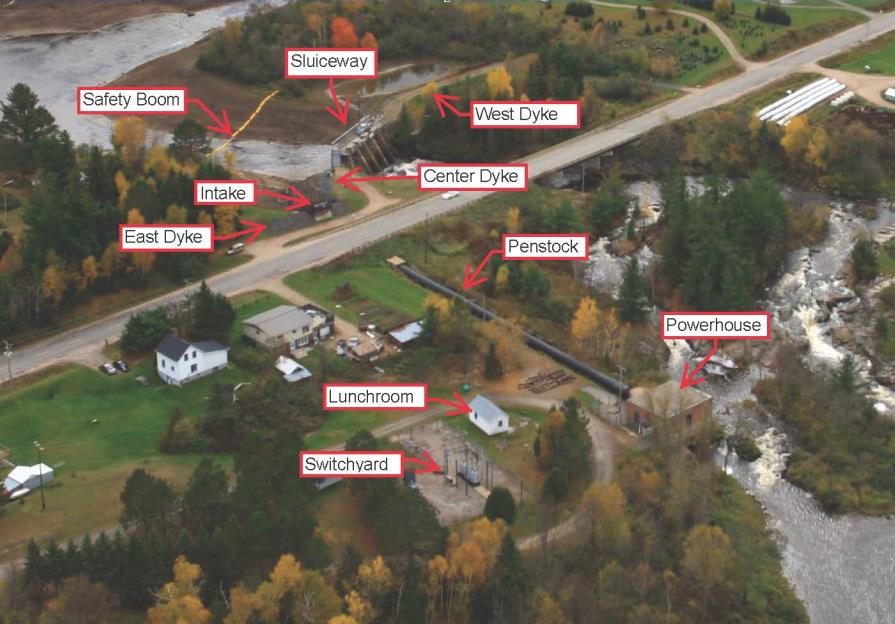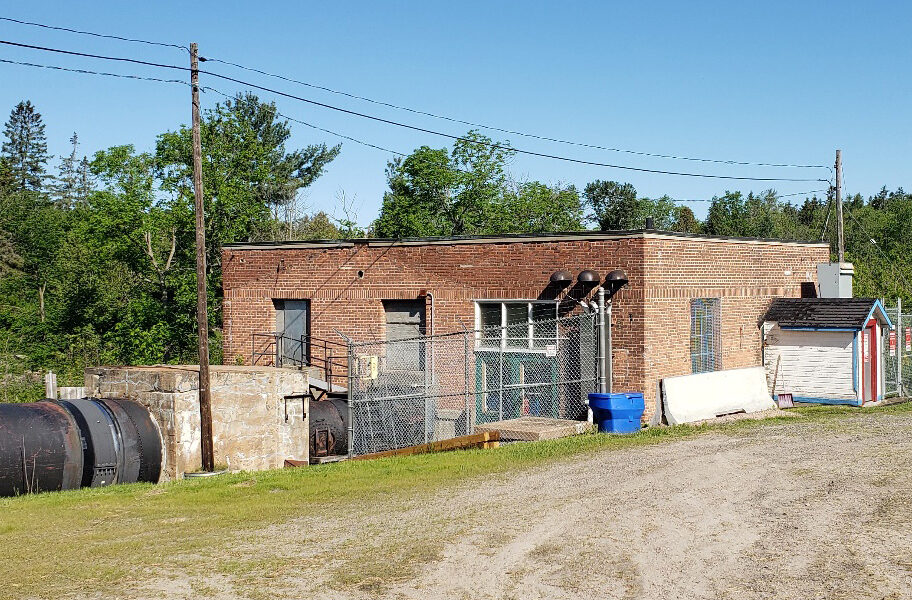
Project information
Ontario Power Generation (OPG) is considering the life extension of the Bingham Chute Generating Station (GS). The Bingham Chute GS is at or approaching its end-of-service life having been constructed in 1923 and 1924.
The Bingham Chute GS is still operating with the original equipment. Though the equipment has been maintained with some major overhauls over the years of operation only minor upgrades have been made to both the generating equipment and the controls and protection systems. The GS is also undersized to the current design approach of waterpower generating stations, and most of the controls are non-automated, still relying heavily on manual operator inputs. The life extension of the Bingham GS provides an opportunity to better utilize and manage the available river flows, as well as upgrade the monitoring and control system, and extend the service life of the facility. The life extension project will increase the average annual energy by more than double, adding an important new supply of renewable electricity to the provincial grid.
Bingham Chute GS is located in the Municipality of Powassan, Ontario, about 27 kilometers south of North Bay. Bingham Chute was the original location of the village of Powassan prior to the construction of the Canadian National Railway (CNR) Line.
The South River is a regulated river with several small hydroelectric stations and water control structures some of which have been in place for over 100 years. The South River has its headwaters located in the western edges of Algonquin Provincial Park and flows in a northwestern direction through or adjacent to the municipalities of the Village of South River, Powassan and Township of Nipissing and terminating into South Bay of Lake Nipissing.
The Bingham Chute GS has two generating units with an installed capacity of 0.86 megawatts (MW). The two existing generating units will be replaced with two new higher flow capacity units to generally match the flows of other generating stations on the South River. The unit capacity will be increased from 0.43 MW per unit to about 1.0 MW for a total station capacity of 2.0 MW.
An aerial view of the Bingham Chute GS is shown below.

DISCLAIMER: Please note this website was only actively maintained during the related EA process period. As this process may have closed several years ago, the content of this site may not accurately reflect the current date and may include language with incorrect time references.

